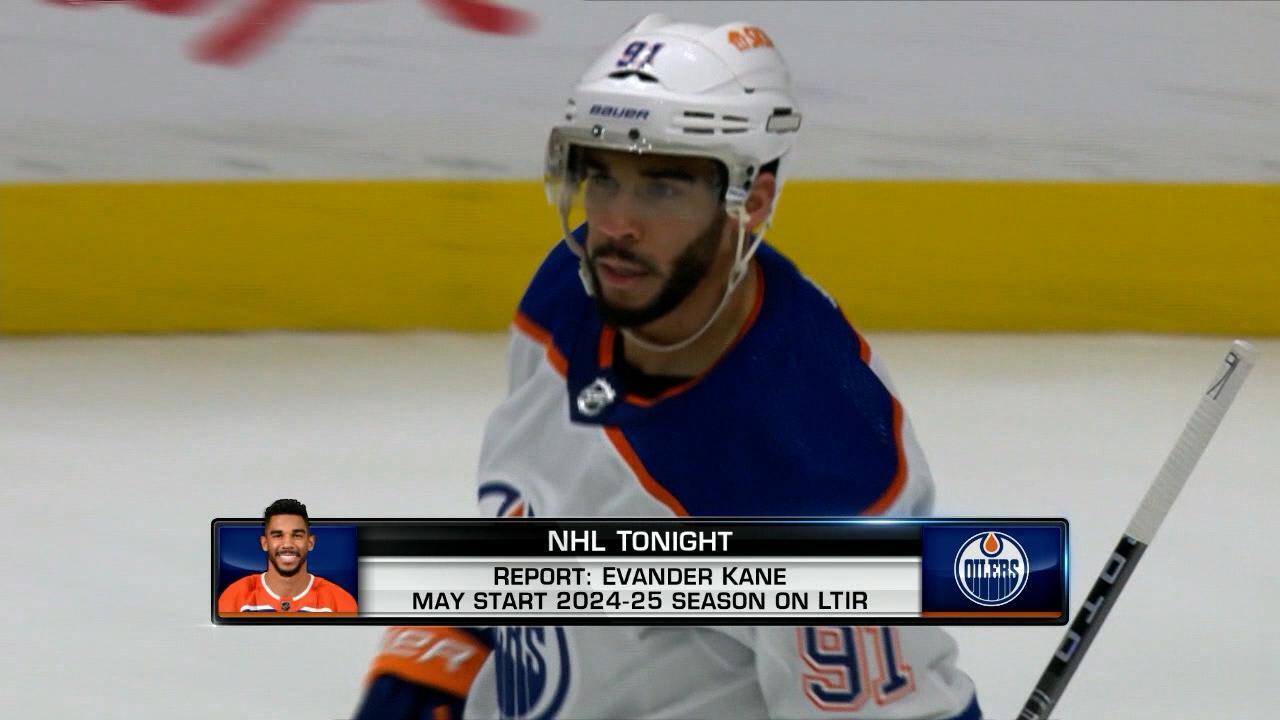
The NHL recently closed its investigation into the Edmonton Oilers regarding Evander Kane`s placement on Long-Term Injured Reserve (LTIR) last season, concluding no wrongdoing occurred. While the verdict offers clarity for the Oilers, it marks a far more significant turning point for the league: the effective closure of a long-standing “playoff cap loophole” that has, for years, allowed teams to strategically navigate financial constraints.
The Evander Kane Conundrum: A Textbook Case of Cap Management
Last season, veteran forward Evander Kane found himself sidelined for the entire regular season, grappling with significant abdominal and knee injuries. His prolonged absence led the Oilers to place him on LTIR, a maneuver that, under existing rules, temporarily cleared his substantial $5.125 million cap hit from their books. This strategic space allowed the Oilers to be aggressive at the trade deadline, acquiring defenseman Jake Walman and forward Trent Frederic, bolstering their roster for a playoff push.
Kane, ever the resilient competitor, made a timely return for Game 2 of the playoffs, subsequently contributing six goals and six assists across 21 appearances. His return, combined with the earlier roster additions, epitomized the traditional, if often debated, practice of optimizing a team`s lineup for the post-season, where, until recently, the salary cap became largely academic.
The “Loophole” That Wasn`t (Legally): Understanding the NHL`s Stance
NHL Deputy Commissioner Bill Daly`s confirmation that “no punishment is coming for the Edmonton Oilers” underscores a critical distinction. At the time, the Oilers operated within the existing framework of the collective bargaining agreement. The unwritten rule, or rather, the lack of an explicit rule, was that the salary cap effectively ceased to apply once the regular season concluded. This meant teams could activate previously injured players, or make deadline acquisitions using LTIR space, and then field a roster that technically exceeded the cap during the playoffs without penalty. It was a well-known, if sometimes criticized, feature of the league`s financial landscape.
“You played by the rules we had,” the league seemed to imply, “but we didn`t particularly like those rules, so we changed them.” This subtle blend of clearance and course correction highlights the delicate dance between strategic team management and the league`s overarching goal of competitive balance.
Closing the Gate: The New Post-Season Salary Cap
The Kane scenario, much like similar situations with other teams (notably the Florida Panthers during their deep playoff run), served as a catalyst for change. Starting this season, the NHL is implementing a post-season salary cap. This is not merely a technical adjustment; it`s a fundamental shift designed to prevent teams from accumulating what effectively became “over-the-cap” rosters for the playoffs, thus ensuring a more level financial playing field throughout the entire competitive calendar.
Strategic Fallout for General Managers
This new rule introduces a fresh layer of complexity for NHL General Managers. The days of leveraging LTIR for a tactical “cap dump and playoff boost” are largely over. The implications are far-reaching:
- Reduced Flexibility: GMs will have significantly less wiggle room at the trade deadline. Every acquisition will need to consider the post-season cap, meaning fewer “rental” players taken on with complex LTIR strategies.
- Intensified Scrutiny on Injuries: The management of player injuries and their recovery timelines will be under even greater scrutiny. The temptation to “redshirt” a player for the regular season to gain cap flexibility, only for them to return fully healthy for the playoffs, is now largely mitigated.
- Roster Construction Redefined: Teams will need to build truly cap-compliant rosters that are sustainable through both the regular season and the playoffs, pushing GMs to prioritize long-term roster health and financial discipline.
The Kane Legacy: Beyond Edmonton
Adding another layer to this narrative, Evander Kane, now in the final year of his contract, was dealt by the Oilers to the Vancouver Canucks in June for a fourth-round pick. This transaction effectively closes his chapter in Edmonton, but the saga surrounding his LTIR placement remains a significant footnote in the history of NHL salary cap management. It serves as a reminder that rules, even those seemingly clear, can always be refined and tightened to align with the league`s evolving vision of fairness and competitive integrity.
Ultimately, the NHL`s decision on the Oilers, paired with the introduction of a post-season cap, signals a more stringent era of financial governance in professional hockey. Teams must adapt, strategists must innovate within tighter constraints, and the pursuit of the Stanley Cup will continue, albeit with a new, indelible line drawn in the sand of the salary cap.










